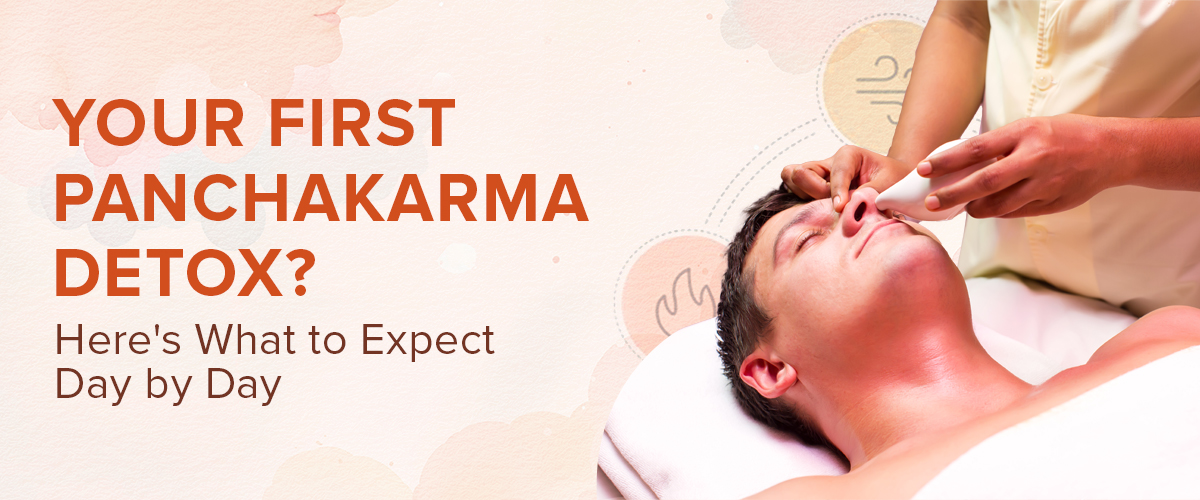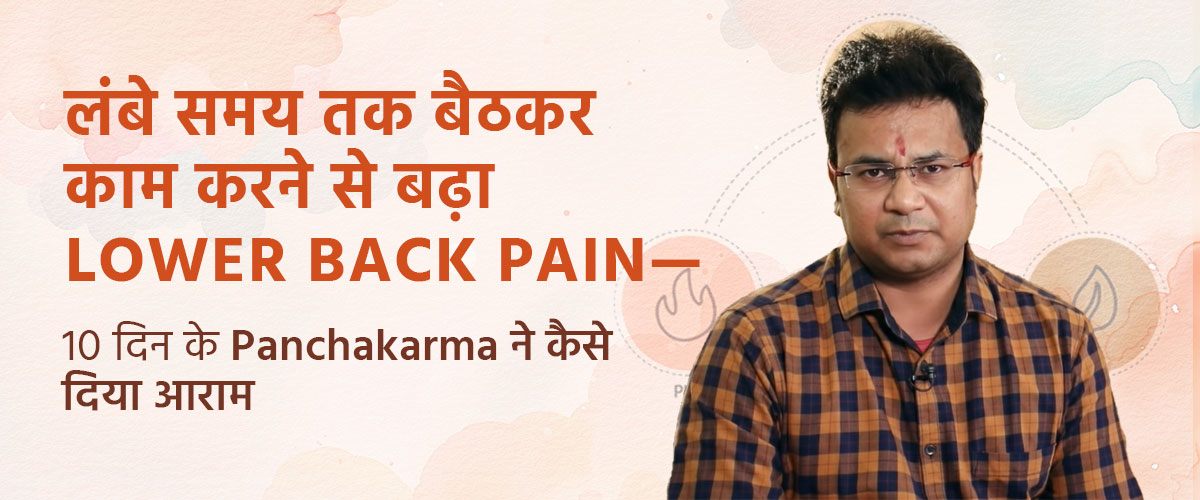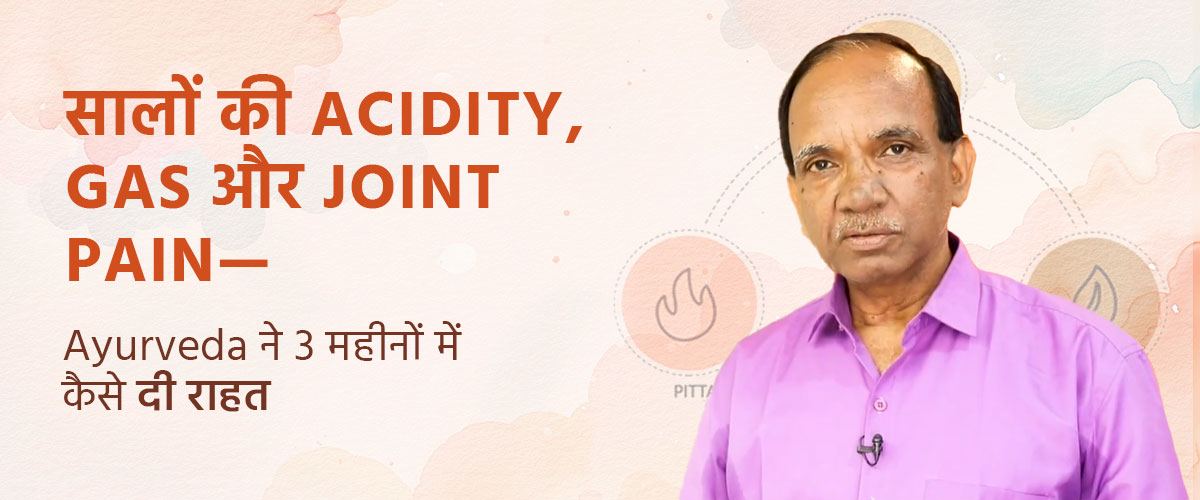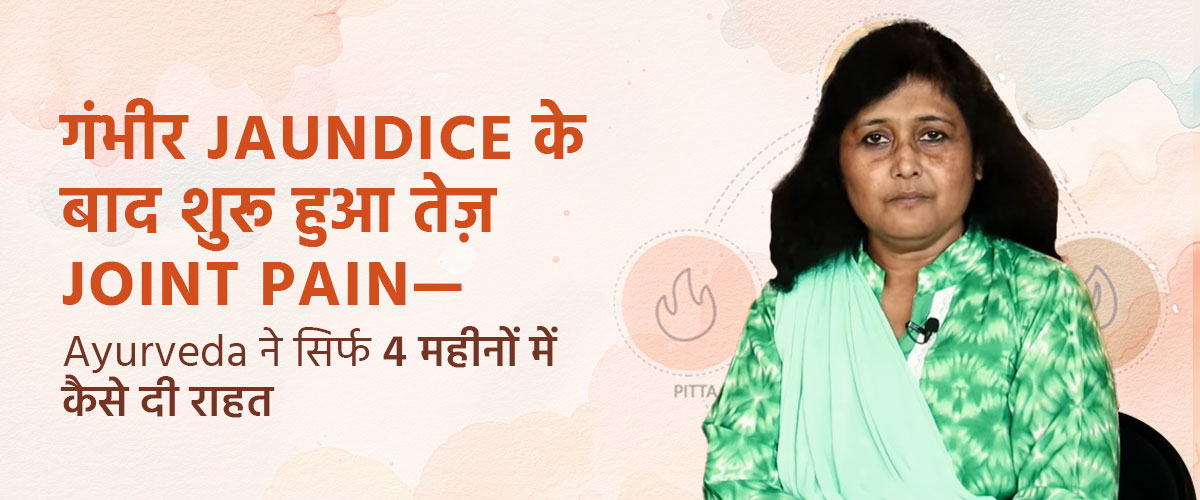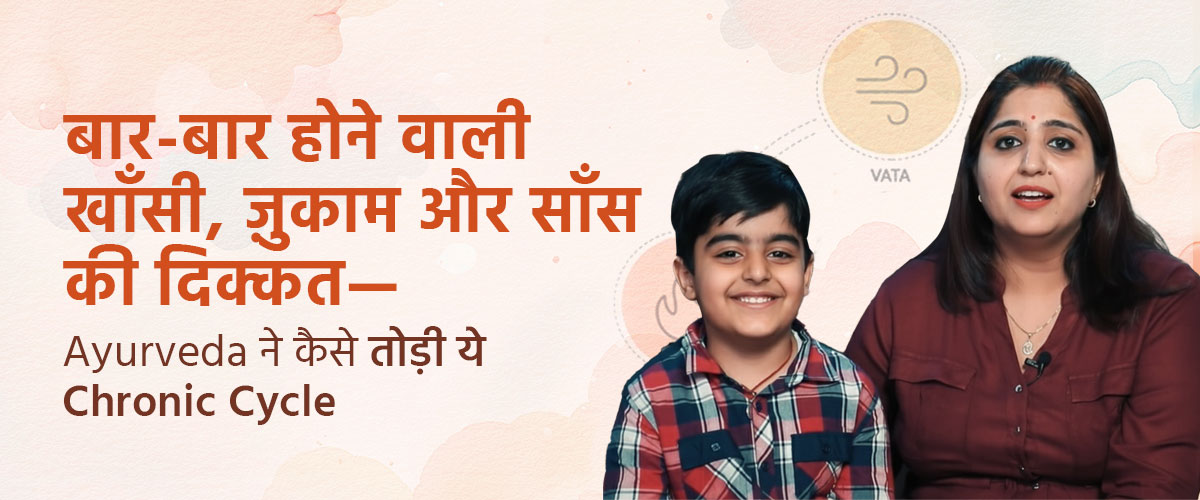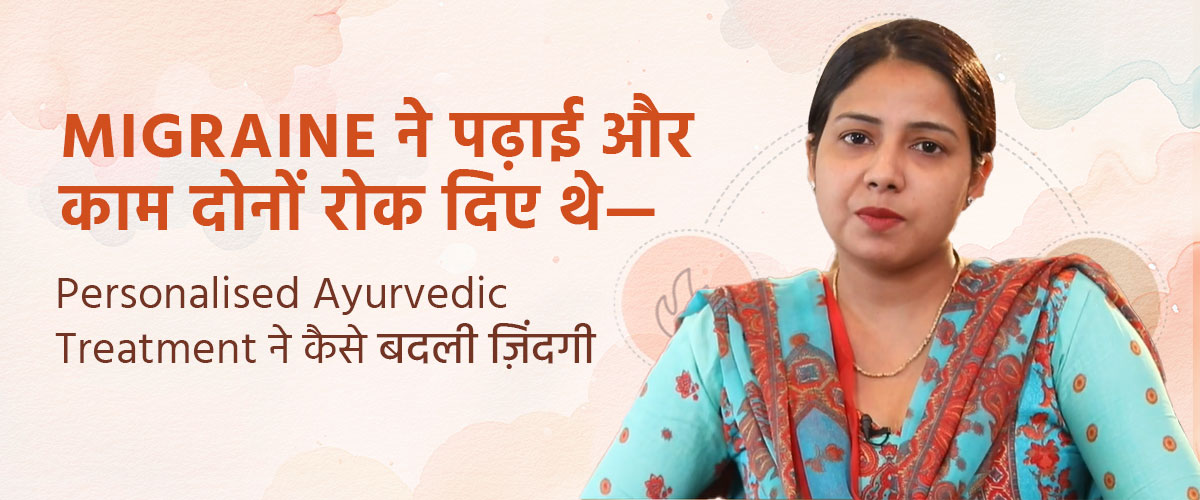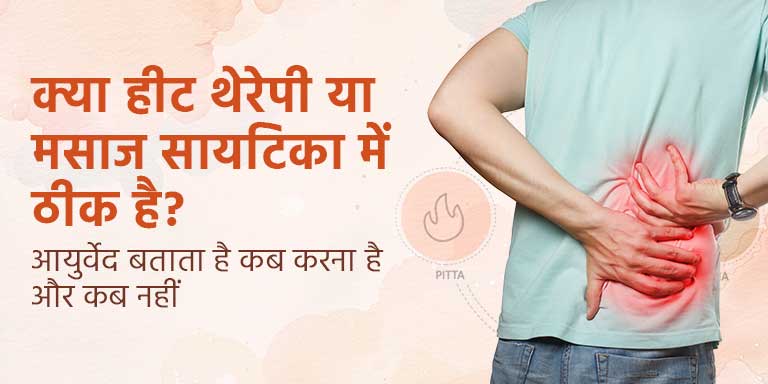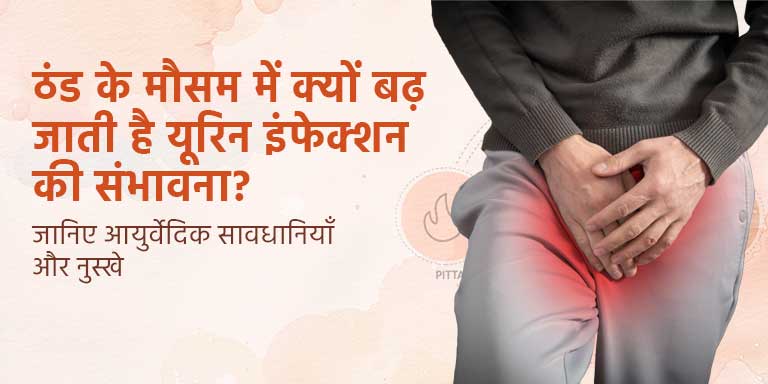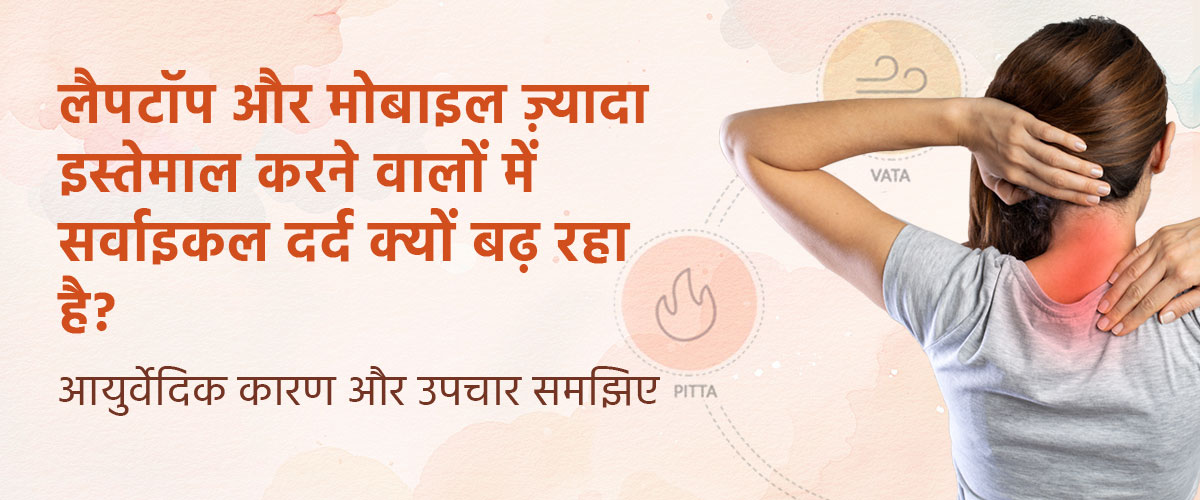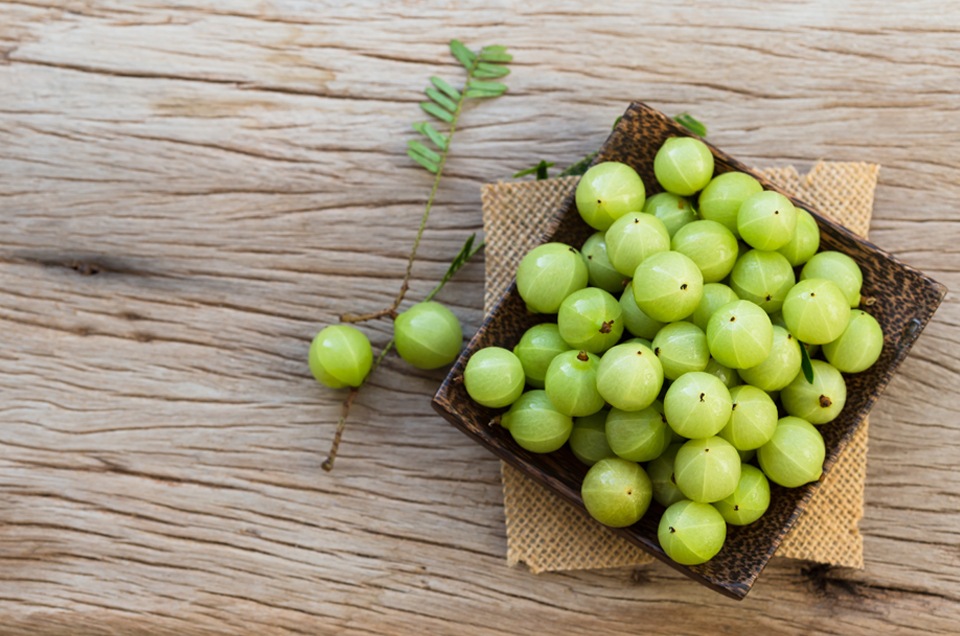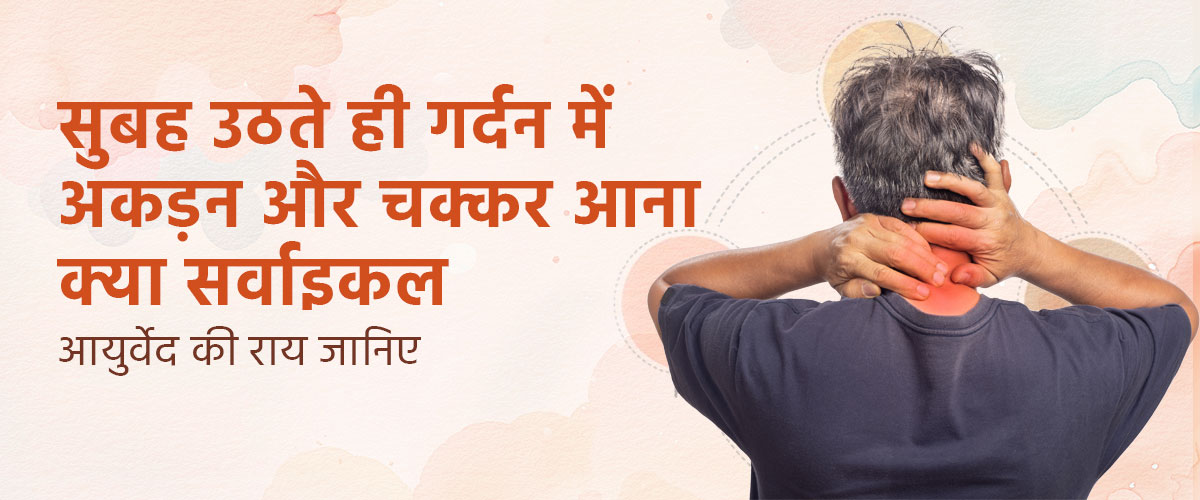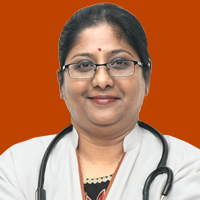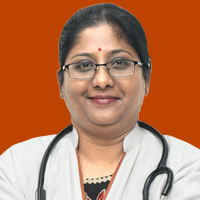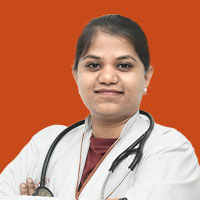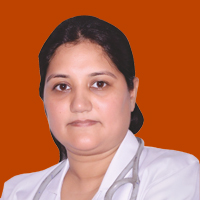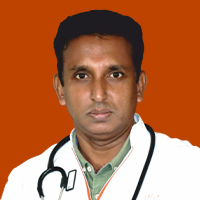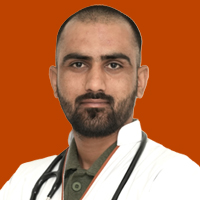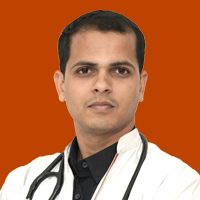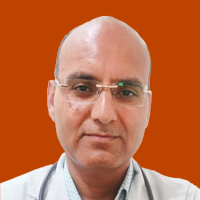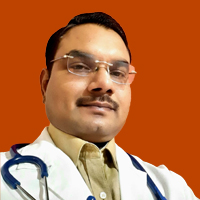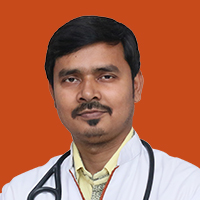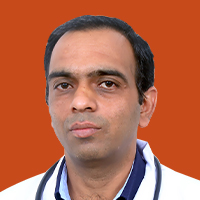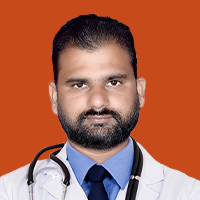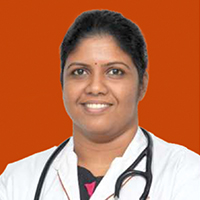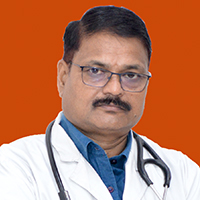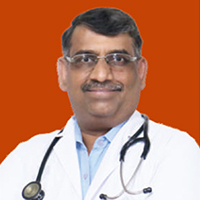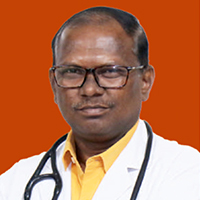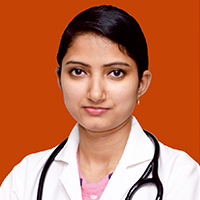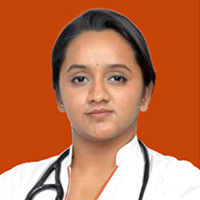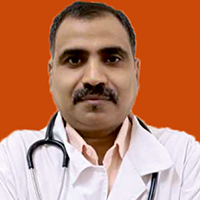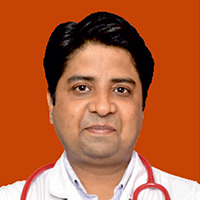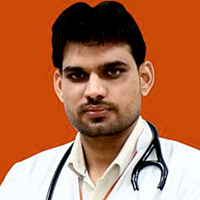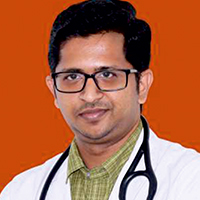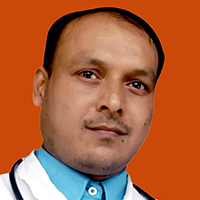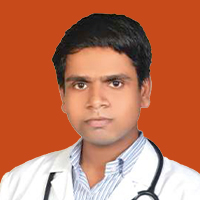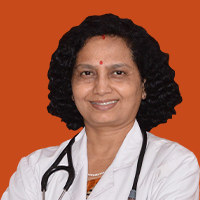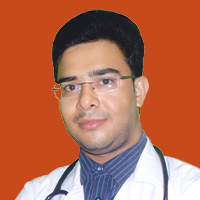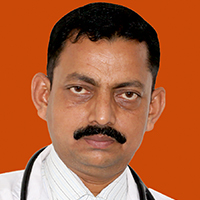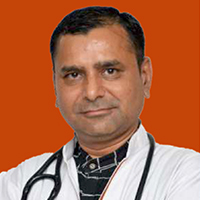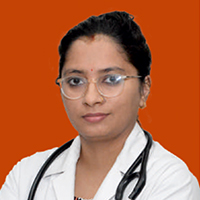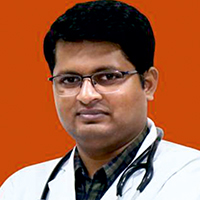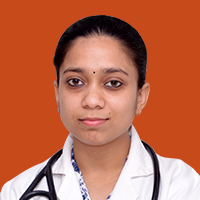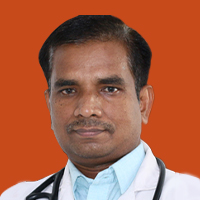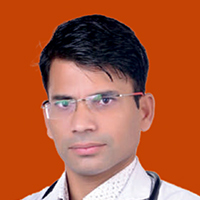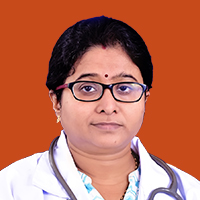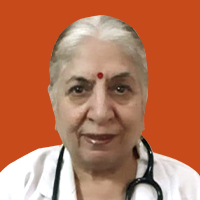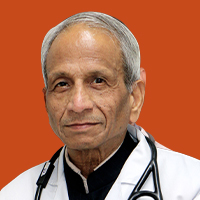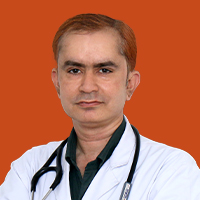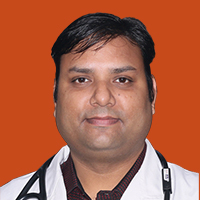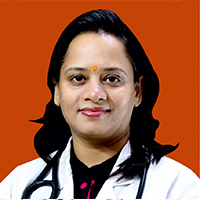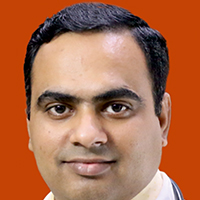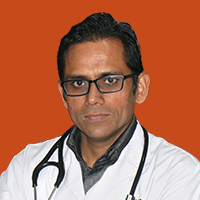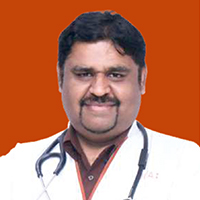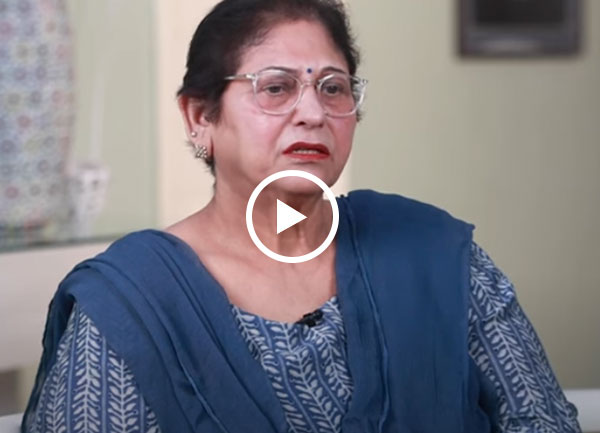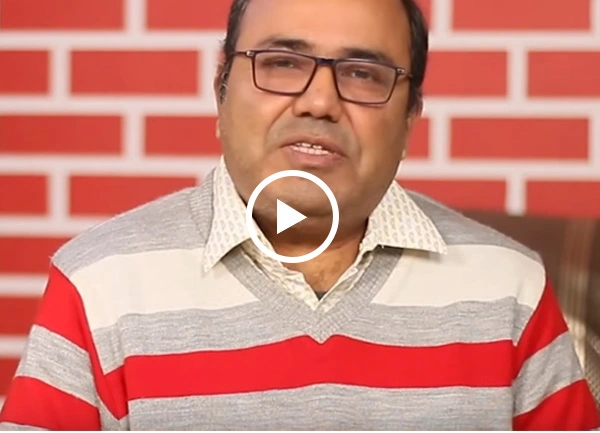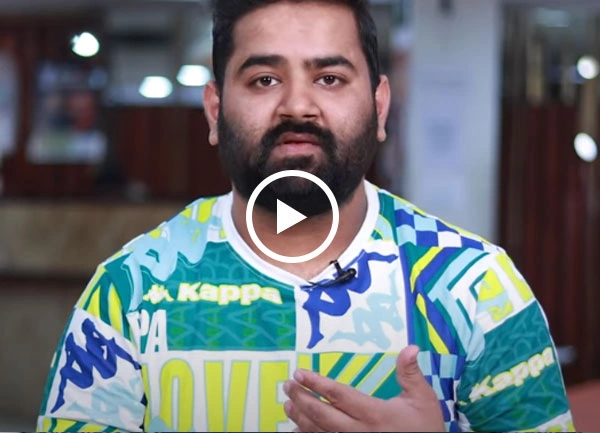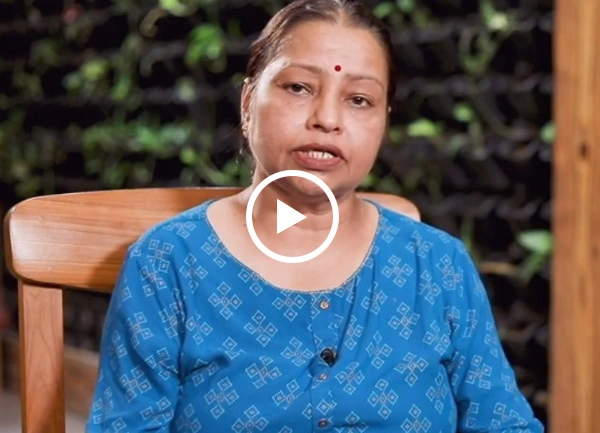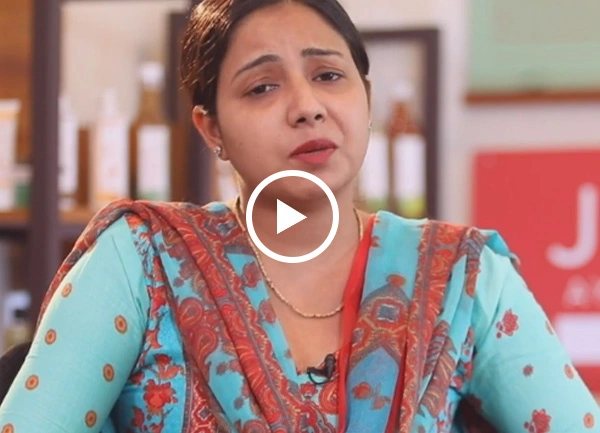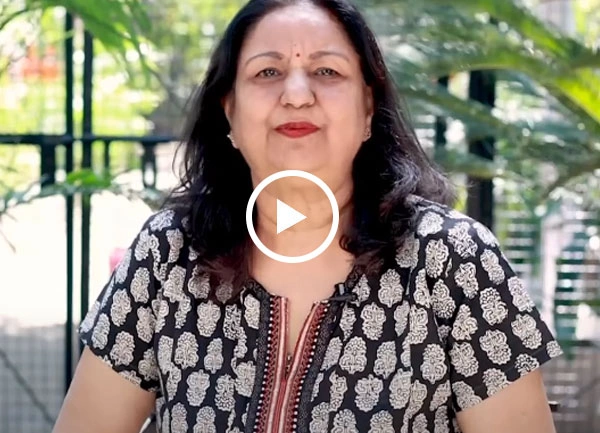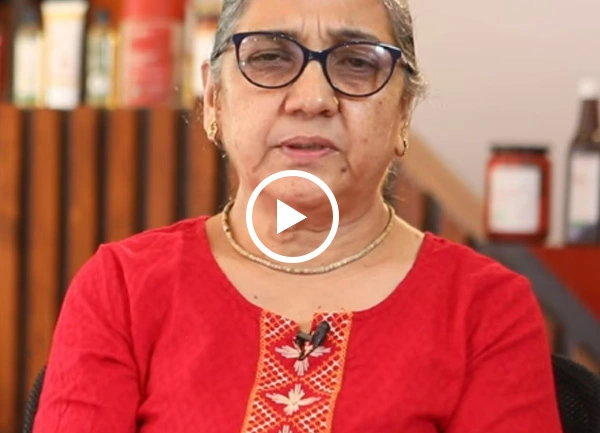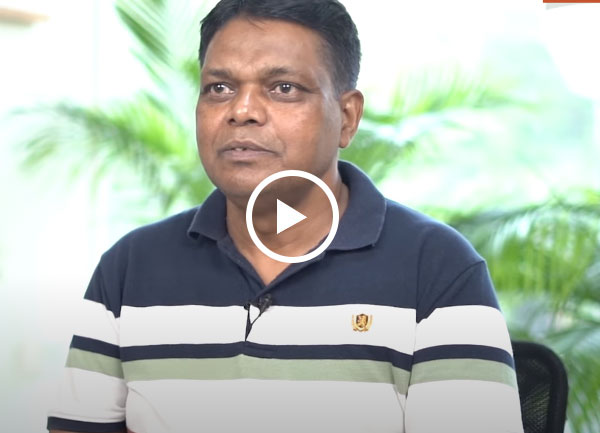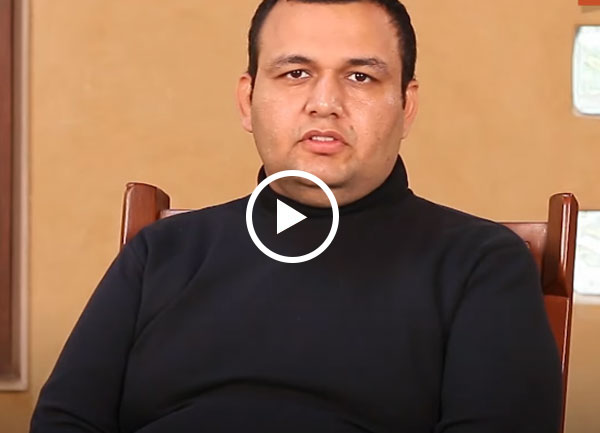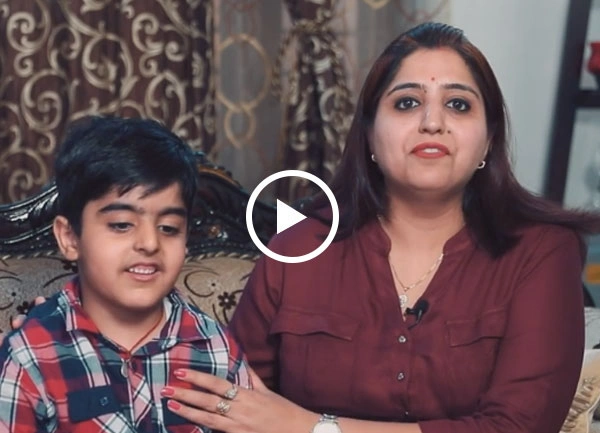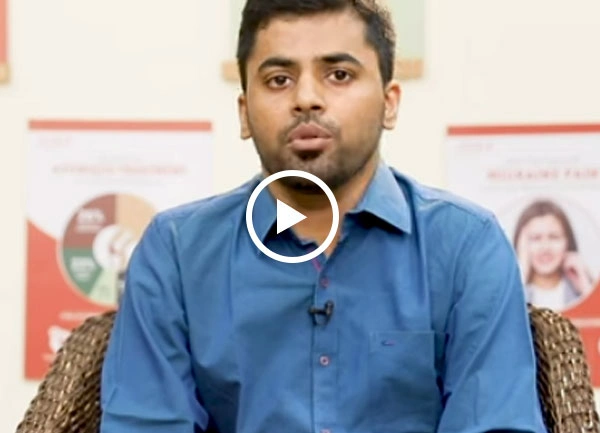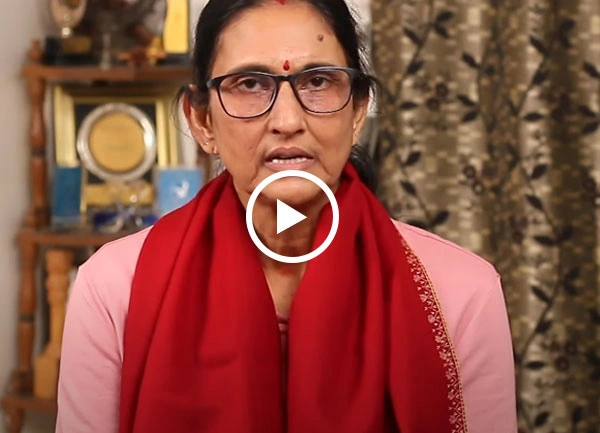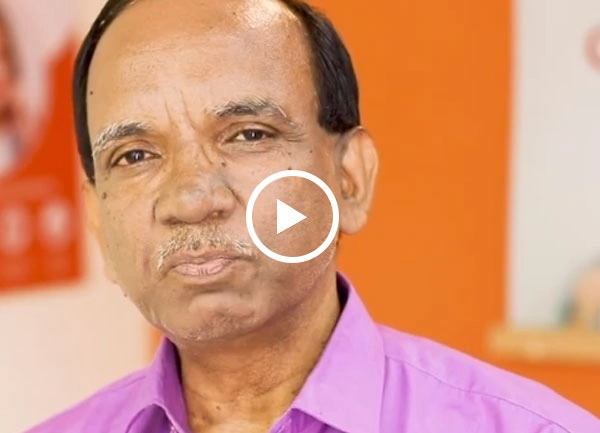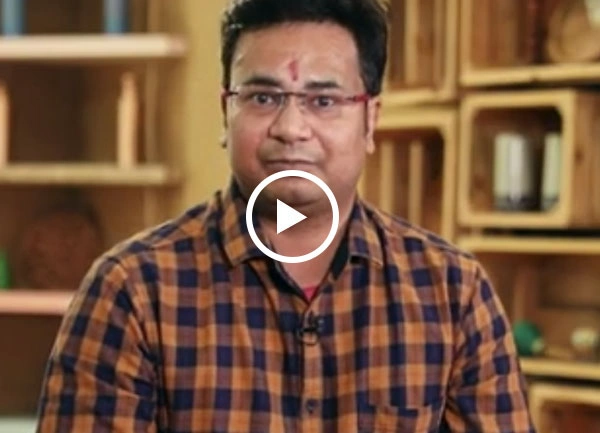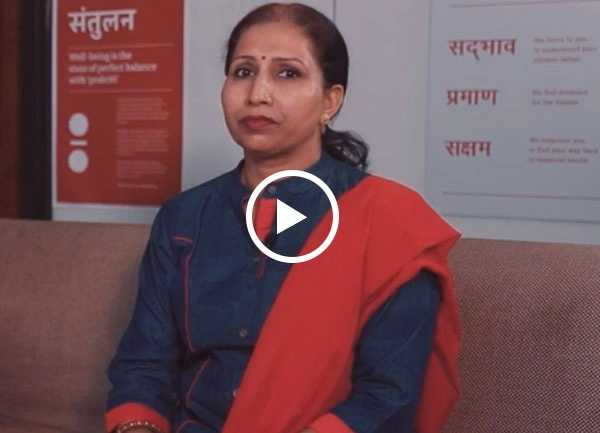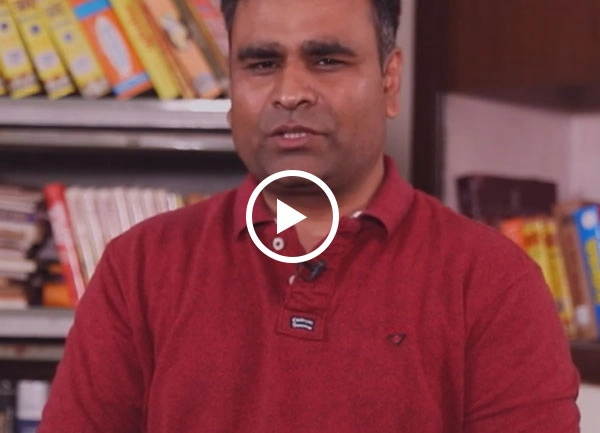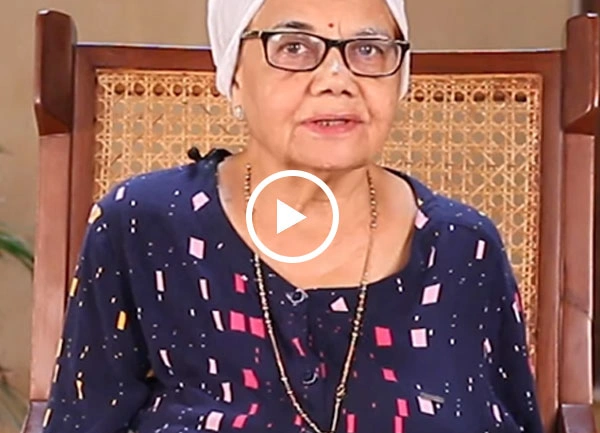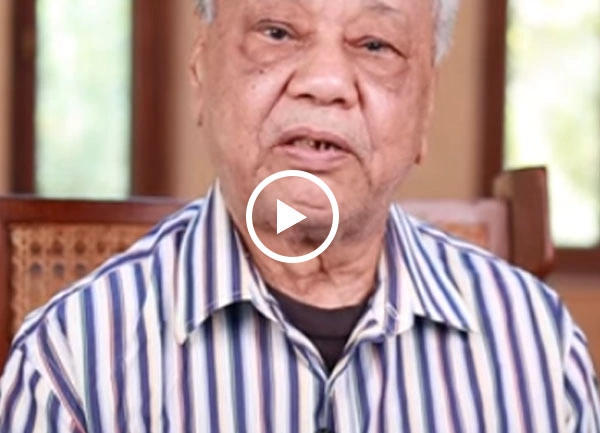The National Sample Survey (2022–23) revealed that 46% of rural Indians and 53% of urban Indians used AYUSH health systems, which includes Ayurveda, to prevent or treat illnesses in the past year. One of the most important pillars of Ayurveda is Panchakarma or detox. If you're planning for your first Panchakarma detox, you're not alone.
In this blog, we will tell you exactly what to expect each day, from the first consultation to the last phase of rejuvenation. You'll have a clear idea of how Panchakarma works, how your body might feel, and what changes you might notice.
What Happens on Day 1 When You Begin Panchakarma Detox?
Your first day of Panchakarma is all about understanding your body. At most good Ayurvedic centres, the process starts with a detailed consultation. An Ayurvedic doctor or expert will:
- Ask about your medical history
- Talk to you about your eating habits and daily routine
- Check your pulse, tongue, and other signs of health
- Understand your prakriti (body type) and vikriti (current imbalance)
This helps them create a treatment plan that's meant just for you.
You won’t be rushed into the intense part of detox right away. The first step is to prepare your body gently. You’ll most likely begin with:
- Oil massage (Abhyanga): This full-body massage uses warm herbal oils based on your dosha. It helps loosen toxins stuck in your tissues.
- Steam therapy (Swedana): After the massage, you sit in a herbal steam box. This opens up your pores and sweats out surface-level toxins.
These therapies make you feel relaxed and help improve blood circulation right from day one. You’ll also be advised on what to eat and avoid from now on, usually light, warm, and simple food.
What Should You Expect on Days 2 and 3 During the Preparation Phase?
By Day 2 and Day 3, your body is slowly adjusting to the detox routine. This stage is still part of Purvakarma, the preparation phase. The goal here is to mobilise the deeper toxins so that they can be eliminated later.
Here’s what usually continues on these days:
- Daily oil massages: These go deeper than the first day and help release toxins that are stored in the fat tissues and joints.
- Steam baths (Swedana): This is done after the massage to encourage sweating and further release of toxins through the skin.
- Nourishing internal oils (Snehapanam): Sometimes, you might be told to drink small amounts of medicated ghee or herbal oils.
You might feel heavy, slow, or even a little foggy in your head. But don't worry because it's perfectly normal.
Some people feel mild emotional shifts, like sudden sadness or irritability. This is also part of the detox, as emotions are stored in the body just like toxins.
You may feel like resting more. Go ahead and rest. Your body is working behind the scenes.
This is not the time to push yourself. Avoid social media, heavy reading, or trying to be productive. Your body and mind need your attention.
How Does the Body Respond in Days 4–6 When the Cleansing Begins?
This is when the real detox starts. Your practitioner may now begin the Pradhana Karma, which is the main phase of Panchakarma. The type of treatment you get will depend on your dosha imbalance and health condition.
Common therapies during this stage:
- Vamana (therapeutic vomiting): This is mostly used for people who have too much Kapha. It helps get rid of toxins in the upper digestive tract.
- Virechana (Purgation): This is a gentle but strong way to clean the intestines. You will be given herbal drinks or castor oil that make your bowel movements happen in a controlled way.
- Basti (enema): Basti is an enema with herbal oils or decoctions that cleanses the colon. If your therapist thinks it's necessary, they may start Basti.
- Nasya (nasal therapy): Drops of medicated oil are put into the nostrils to get rid of toxins in the head and neck.
These treatments are done only under expert guidance. You won't be alone; someone will be with you every step of the way.
How you may feel:
- Tired or sleepy: Your body is in deep detox mode and will need lots of rest.
- Light-headed or sensitive: Because toxins are leaving your system, your senses may become sharper and you may feel emotionally open.
- Relieved: Some people report relief from long-standing digestive issues, skin conditions, or headaches by this stage.
However, it’s important that you eat only the prescribed food, usually light and warm khichdi. Drinking warm water and avoiding raw, cold, or heavy food is also important.
Most importantly, listen to your body. Lie down if you need to. Journal if you feel emotional. Your system is doing a lot of inner work at this phase.
What Does Day 7 Onwards Look Like in the Intensive Detox Stage?
- By Day 7, you've already had a few oil massages, steam baths, and maybe even vomiting or purging. Your Panchakarma is now in a deeper cleaning stage, where your body gets rid of toxins from the deeper tissues.
Based on your specific dosha imbalance and health condition, the Ayurvedic expert may continue or add the following:
Basti (medicated enema): You might get an enema with oil or a herbal decoction. It helps keep the colon clean, digestion regular, and the immune system strong. - Raktamokshana (bloodletting): Raktamokshana is only recommended in very rare cases, usually when there are skin or blood issues. It is done under the watchful eye of an expert and only for certain conditions.
During these days, your body will be doing intense inner work, even if you’re lying quietly in bed. You may feel more tired than usual, and that’s okay.
What you may feel
- You might experience emotional release, such as old memories or feelings coming up. Let them pass.
- Your bowels may feel lighter, and you may notice clearer skin or improved sleep.
- Some people feel a sudden mental clarity, as if the fog has lifted.
Drink warm water, eat what you're told to, and most importantly, get sufficient rest. Don't go out, talk too much, or use screens for long.
How Do You Get Back to Your Normal Diet and Routines Between Days 10 and 14?
It's time to gently bring your body back into balance now that it has been deeply cleaned. Paschat Karma is the name of this stage, which means "after detox care." It's just as important as cleaning.
Diet:
You’ll be given a simple, easy-to-digest diet, which is usually:
- Khichdi (a light dish made with rice and lentils)
- Rice gruel or kanji
- Steamed vegetables
- You’ll be told to avoid spicy, oily, fried, or heavy food at this stage.
This step helps your digestive fire (Agni) return to normal without overwhelming your system.
Movement: Light stretching, walks in nature, or very gentle yoga may be suggested. But still, no heavy workouts.
Mental care: Spend time journaling, meditating, or chanting if that feels right for you. Avoid arguments, news, or stress.
This phase is all about soothing the body and mind. Listen closely to your body and follow the advice of your Ayurvedic doctor.
What Can You Feel by the End of Your First Two-Week Detox?
You might start to feel like a new person as you finish your 14-day Panchakarma journey. Not only your body, but also your mind and emotions may feel lighter.
People often notice the following things:
- Clearer skin and eyes
- Better digestion
- No bloating or heavy feeling
- Relief from joint and muscle pain
- Better sleep
- Feeling more focused and calm in your mind
- A general feeling of lightness and energy
But keep in mind that everyone gets different results. You might need more time or more sessions if you came in with a specific health problem. If you did Panchakarma just to feel better overall, you'll come out feeling very refreshed.
This is just the beginning, which is the most important thing. Panchakarma isn't a quick fix; it's a way to learn how to take care of your body and mind for the long term.
You’ve given your body a break, removed layers of stress and toxins, and allowed space for natural healing. What you do after this, i.e, your food, your habits, your mindset will decide how long these benefits last.
Final Thoughts
Two weeks of Panchakarma can feel like a quiet journey back to yourself. You start off tired, oily, and unsure and end up feeling lighter, clearer, and more at peace. It’s not just about removing toxins. It’s about giving your body and mind the space that they have been asking for.
The best part? This isn’t the end. It’s your entry into a healthier, calmer, and more aware way of living. Whether you return for another round next season or simply take better care of your daily habits, your body will remember this shift.
So, make the best of your Panchakarma session and come out refreshed, more energetic, healthy and more lively.
FAQs
1. How many days should I take off after Panchakarma?
After Panchakarma, you should take a break for at least three to five days. Give your body some time to get used to things before you go back to your normal busy life.
2. What are the signs that Panchakarma detox is working?
You might feel tired, sleepy, emotional, or have diarrhoea. These are normal signs that your body is getting rid of toxins and beginning to heal.
3. How many kilos can I lose while doing Panchakarma?
Everyone loses weight at a different rate. Some people lose 2 to 4 kg, mostly because they eat lighter foods, clean their bodies, and have better digestion.
4. What are some things you should and shouldn't do during Panchakarma?
Rest, eat warm food, and do what your Ayurvedic therapist says. Don't eat junk food, cold food, or spicy food, or think too much.
5. What can I eat after Panchakarma?
Eat simple foods like rice, khichdi, soups, and boiled vegetables. For at least a few days, stay away from cold drinks, fried snacks, and meat.
6. Is it okay to work while doing Panchakarma?
If you can, it's best to take some time off from work. Your body needs to rest and be quiet. Working while doing Panchakarma can reduce its healing and detoxifying effects.



